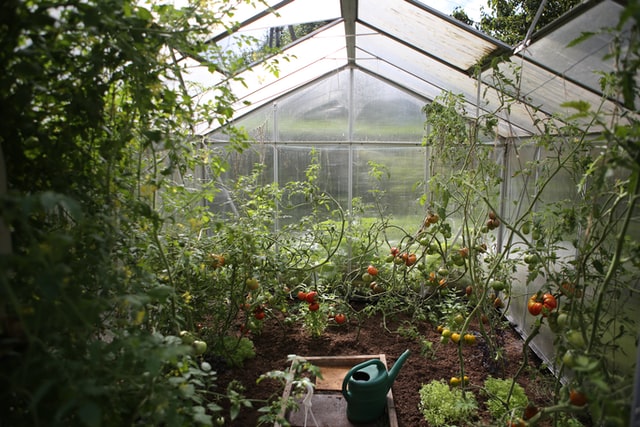 |
Why good roads are essential to rural agriculture? |
Most of the transportation of agricultural products from farms to urban areas and elsewhere is also carried out by the road. But heavy and muddy roads increase the cost of bringing agricultural materials and farm workers and bringing agricultural products to market. High shipping costs will inevitably drive up food prices.
Traveling to farms during the drought is often easier than during the rainy season when bad roads are flooded and muddy. But personally, like many other farmers, I look forward to the rainy season because it gives plants free water to grow. Animals and fish also need rainwater. It would be great if farmers in the countryside had rain and good roads and were satisfied at the same time.
According to the World Bank, 80% of the world’s poor living in rural areas live on agriculture. Another report from the Food and Agriculture Organization of the United Nations (FAO) states that 80% of the world’s food is produced on family farms, most of which are owned by small farmers in rural communities. Many of these farmers are still poor and food insecure. Poverty and poor infrastructure, including roads and warehouses, which limited farmers ’access to markets, were cited as causes of poverty and food insecurity.
A good road network is an important factor in securing commercial links with rural farmers. Poor road infrastructure in rural communities affects more than just food production and distribution. It also has a negative impact on the development of the village.
For example, the poor condition of roads in rural communities makes it difficult for farmers in these communities to access activities and services such as financial support, education, and training, clean and potable water, care. health, electricity, school, economy, and so on. forms. for rural residents. As a result, farmers in the countryside remain poor.
The elimination of poor road conditions in the countryside will directly affect the productivity of farmers. Yields increased significantly due to easier transportation of agricultural materials and faster access to farm experts and consultants. For example, access to information and innovation in agriculture can help farmers prevent or control epidemics. You can also quickly access advanced types of crops. Farmers with access to high-yield crops that are resistant to pests and diseases tend to produce more and avoid losses.
If farmers don’t have to worry about the inconvenience and cost of leaving their farms to get a better harvest, and consultants don’t have to look the same to reach farmers, production will increase. and crops will be richer in nutrients. † More and more farmers are accessing and planting varieties such as vitamin A-rich cassava and iron- and zinc-rich beans to improve nutrition. Thus, the incidence of undernourishment is significantly reduced in developing and low-income countries.
The poor connection between rural and urban areas is often the reason why poor farmers rely entirely on intermediaries. These are traders who buy products from farms or rural markets at very low prices and resell them at higher prices to city dwellers and manufacturers.
Thus, the intermediaries receive large profits, which the farmers of the country should have. Investing in infrastructure, including good roads, in rural areas not only improves farmers ’incomes but can also help bridge the gap between rural, non-rural, and urban dwellers. With a good road network, industry, especially agriculture, will be encouraged to build branches or major factories in the countryside. It will also set up other financial institutions and entertainment centers to beautify the rural environment.
As I mentioned above, proper road infrastructure can reduce the exodus of people from the countryside, while improving food security and improving the financial situation of rural farmers.







.png)
No comments:
Post a Comment